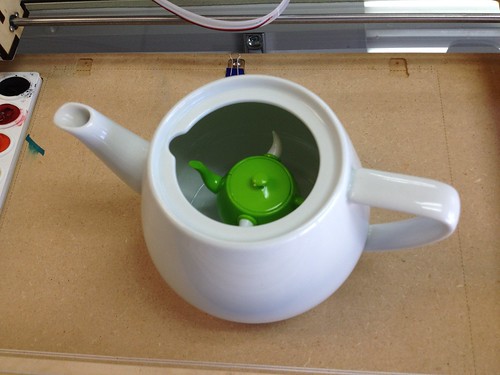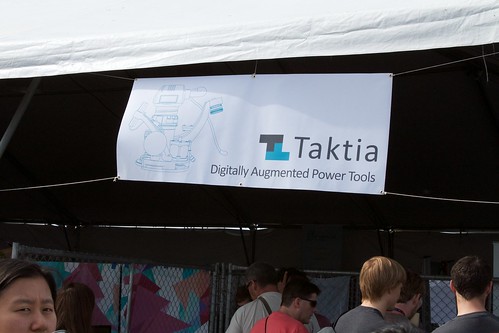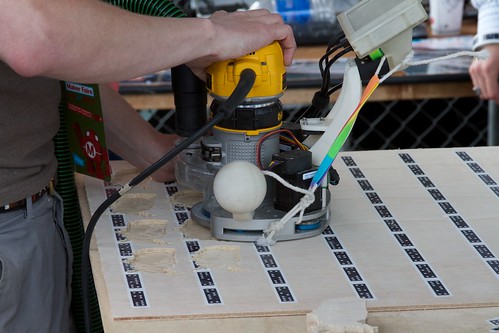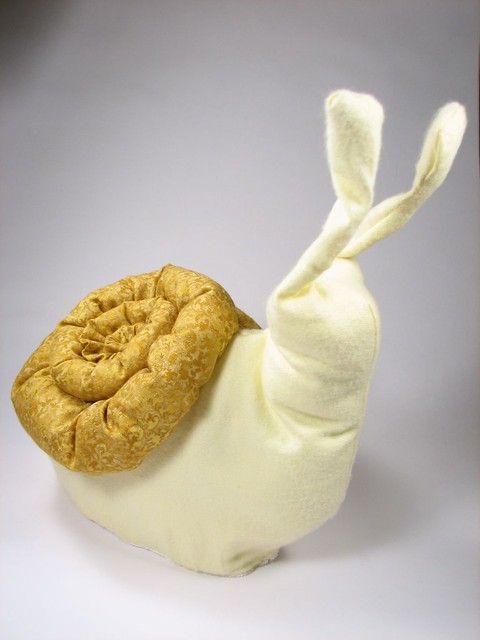James “techninja” Todd has just released Hershey Text JS, a port of the Hershey fonts to JSON, capable of being rendered quickly via JavaScript & SVG.
The Hershey fonts a classic set of “engraving” or “stroke based” (as opposed to outline based) fonts that are excellent for use with all kinds of physical cutting, drawing, and painting machines. Several years ago we introduced the Hershey Text extension for Inkscape, and you can find a more in depth introduction to the Hershey fonts in that article. Hershey Text JS is adapted from our Inkscape extension, and provides easy access to the font data for programmers who prefer to work in javascript.













